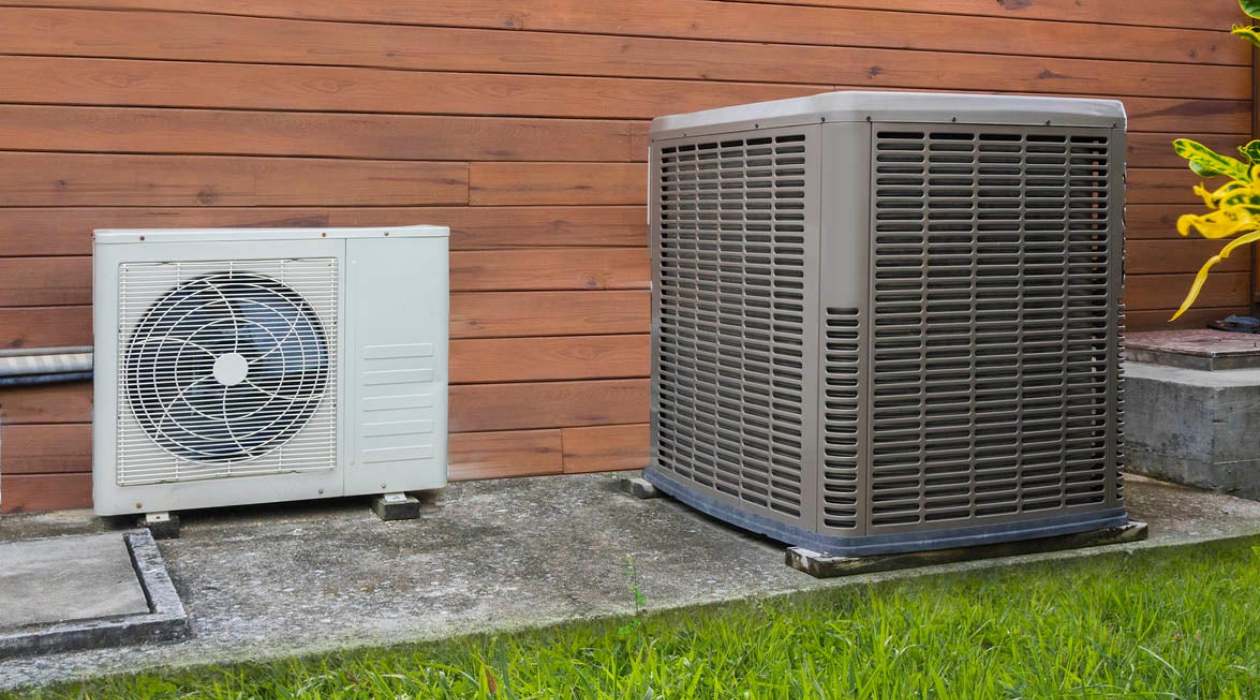

Articles
What Is A Heat Pump In HVAC
Modified: April 22, 2024
Learn all about heat pumps in HVAC systems with our informative articles. Discover how they work, their benefits, and maintenance tips to keep them running efficiently.
(Many of the links in this article redirect to a specific reviewed product. Your purchase of these products through affiliate links helps to generate commission for Storables.com, at no extra cost. Learn more)
Introduction
A heat pump is a vital component of a Heating, Ventilation, and Air Conditioning (HVAC) system. It plays a significant role in maintaining a comfortable and controlled indoor environment in residential, commercial, and industrial settings. But what exactly is a heat pump and how does it work?
At its core, a heat pump is a device that transfers thermal energy from one place to another. Unlike traditional heating systems that generate heat, a heat pump extracts heat from the air, ground, or water and transfers it to another location, either indoors for heating or outdoors for cooling. This versatile technology can efficiently provide both heating and cooling solutions, making it an increasingly popular choice for HVAC systems.
The concept of heat pump technology is based on the principles of thermodynamics, particularly the ability of a fluid, such as refrigerant, to absorb heat when it evaporates and release heat when it condenses. This process allows a heat pump to extract heat from a cold source and transfer it to a hotter area, effectively heating or cooling the desired space.
Heat pumps are highly efficient due to their ability to move heat rather than generate it. In fact, they can provide up to four times more energy compared to the electricity they consume. This makes them an environmentally friendly alternative to conventional heating and cooling systems.
In the following sections, we will delve deeper into how a heat pump works, explore its various components, discuss its efficiency, types, benefits, installation process, maintenance requirements, and common issues that may arise. By understanding the intricacies of heat pump technology, you can make informed decisions when it comes to incorporating this energy-efficient HVAC solution into your home or business.
Key Takeaways:
- Heat pumps are energy-efficient HVAC systems that provide both heating and cooling, offering significant cost savings and environmental benefits. Proper maintenance and professional servicing are essential for optimal performance and longevity.
- Understanding the various types of heat pumps and their benefits can help homeowners and businesses make informed decisions for sustainable and efficient indoor climate control. Consulting with HVAC professionals for installation and maintenance is crucial.
Read more: What Is Emergency Heat On HVAC
How Does a Heat Pump Work?
A heat pump works through a process called refrigeration cycle, which involves the flow of a refrigerant that absorbs and releases heat as it changes from a liquid to a gas and back to a liquid. The basic components of a heat pump include the compressor, evaporator, condenser, and expansion valve.
When the heat pump is in heating mode, the outdoor unit, called the evaporator, absorbs heat from the surrounding air, ground, or water. This heat energy is transferred to the refrigerant, causing it to evaporate into a gas. The compressor then increases the pressure of the refrigerant, raising its temperature. The hot, pressurized refrigerant is then sent to the indoor unit, called the condenser.
At the condenser, the refrigerant releases the heat it absorbed from the outdoor unit. This heat is transferred to the indoor space, providing warm air for heating. As the refrigerant loses heat, it condenses back into a liquid. The expansion valve controls the flow of the refrigerant, reducing its pressure, and the cycle starts again.
When the heat pump is in cooling mode, the process is reversed. The evaporator absorbs heat from the indoor air, and the condenser releases the heat outdoors. This creates a cooling effect in the indoor space.
It’s important to note that heat pumps can sometimes struggle to extract heat from extremely cold environments. In such cases, they may rely on supplemental heating, such as electric resistance coils, to maintain a comfortable indoor temperature.
The ability of a heat pump to provide both heating and cooling makes it a versatile and efficient HVAC solution. By utilizing the heat available in the outdoor air, ground, or water, a heat pump can effectively provide warmth during colder months and cool air during hotter months, using less energy compared to electric or fuel-based heating and cooling systems.
Next, let’s discuss the various components that make up a heat pump and their functions in more detail.
Components of a Heat Pump
A heat pump is a complex system comprised of several key components that work together to provide efficient heating and cooling. Understanding the function of each component is crucial for troubleshooting, maintenance, and overall system performance. Let’s take a closer look at the components of a heat pump:
- Compressor: The compressor is the heart of the heat pump. It plays a critical role in the refrigeration cycle by pressurizing the refrigerant and increasing its temperature. This process allows the refrigerant to release or absorb heat as it moves through the system.
- Evaporator: The evaporator is typically located in the outdoor unit of the heat pump. It consists of a coil that absorbs heat from the surrounding air, ground, or water. As the refrigerant passes through the evaporator coil, it evaporates into a gas, absorbing thermal energy in the process.
- Condenser: The condenser is located in the indoor unit of the heat pump. It contains a coil that releases heat either into the indoor space for heating or to the outdoor environment for cooling. As the refrigerant condenses back into a liquid, it transfers the heat it absorbed from the evaporator coil to the desired location.
- Expansion Valve: The expansion valve is a small device that controls the flow of the refrigerant between the evaporator and condenser. It reduces the pressure of the refrigerant, allowing it to expand and evaporate in the evaporator coil to absorb heat, or condense in the condenser coil to release heat.
- Refrigerant: The refrigerant is a specially formulated substance with properties that allow it to absorb and release heat efficiently. It undergoes phase changes from a liquid to a gas and back to a liquid as it moves through the refrigeration cycle. Common refrigerants used in heat pumps include R-410A and R-22.
- Air Handler/Fan: The air handler or indoor fan is responsible for circulating the conditioned air throughout the indoor space. It blows the warm or cool air from the heat pump unit into the rooms through ductwork or directly into the room in ductless systems.
- Thermostat/Control Panel: The thermostat serves as the control interface for the heat pump. It allows users to set the desired temperature and adjust various system settings. Modern thermostats often come with programmable features, Wi-Fi connectivity, and smart home integration capabilities, providing enhanced control and energy-saving options.
- Expansion Valve: The expansion valve is a small device that controls the flow of the refrigerant between the evaporator and condenser. It reduces the pressure of the refrigerant, allowing it to expand and evaporate in the evaporator coil to absorb heat, or condense in the condenser coil to release heat.
These components work together in a coordinated manner to ensure the efficient transfer of heat from one location to another, providing both heating and cooling capabilities for a comfortable indoor environment. Understanding the roles and functions of these components is crucial for proper maintenance and troubleshooting of a heat pump system.
In the next section, we will explore the efficiency of heat pumps and how it contributes to their popularity as an HVAC solution.
Heat Pump Efficiency
One of the key advantages of a heat pump is its high level of efficiency. Heat pumps are known for their ability to provide effective heating and cooling while consuming less energy compared to traditional heating and cooling systems. This efficiency is measured using two main metrics: coefficient of performance (COP) and seasonal energy efficiency ratio (SEER).
The coefficient of performance (COP) is a ratio that represents the amount of heating or cooling provided by a heat pump compared to the amount of energy consumed. A higher COP indicates a more efficient heat pump. For example, a heat pump with a COP of 3 can provide three units of heating or cooling for every unit of energy it consumes. This means it is 300% efficient.
The seasonal energy efficiency ratio (SEER) is another important measure of a heat pump’s efficiency. SEER focuses on the cooling capacity of the heat pump and is calculated by dividing the total cooling output over a cooling season by the total energy input during the same period. The higher the SEER rating, the more efficient the heat pump is at cooling. When comparing heat pumps, it is important to consider their COP for heating efficiency and their SEER rating for cooling efficiency.
In addition to COP and SEER, there are other factors that affect heat pump efficiency, such as the outdoor temperature and the size and insulation of the indoor space. Heat pumps are generally more efficient in moderate climates where the outdoor temperature doesn’t drop too low or rise too high. In colder climates, a heat pump may require supplemental heating to maintain optimal indoor comfort.
To enhance the efficiency of a heat pump, proper sizing and installation are crucial. An oversized or undersized heat pump can lead to energy wastage and reduced performance. It is important to consult with a professional HVAC contractor to determine the right size and type of heat pump for your specific heating and cooling needs.
Regular maintenance is also essential for maintaining optimal efficiency. Cleaning or replacing air filters, checking refrigerant levels, and inspecting and cleaning coils can help ensure that the heat pump operates at peak performance. It is recommended to have a professional service the heat pump at least once a year.
The high efficiency of heat pumps is not only beneficial for the environment but also for homeowners’ wallets. By reducing energy consumption, heat pumps can lead to significant cost savings over time. Some regions even offer incentives and rebates for installing energy-efficient heat pumps, further making them an attractive choice for homeowners.
Now that we have explored the efficiency of heat pumps, let’s move on to discussing the different types of heat pumps available in the market.
Types of Heat Pumps
Heat pumps come in a variety of types, each designed to suit different heating and cooling needs. The choice of heat pump type depends on factors such as the climate, available heat source, space requirements, and personal preferences. Let’s explore some of the common types of heat pumps:
- Air Source Heat Pump (ASHP): The air source heat pump is the most common type of heat pump. It extracts heat from the outdoor air and transfers it indoors for heating or releases it outdoors for cooling. ASHPs are versatile, efficient, and relatively easy to install, making them a popular choice for both residential and commercial applications.
- Ground Source Heat Pump (GSHP): Also known as geothermal heat pumps, GSHPs extract heat from the ground or water sources, such as a well or a pond. They utilize the relatively stable temperature of the earth for efficient heating and cooling. GSHPs tend to be more expensive to install compared to ASHPs but can provide higher efficiency and long-term energy savings.
- Dual Fuel Heat Pump: A dual fuel heat pump combines the efficiency of a heat pump with a backup heating system, typically a gas furnace. This system automatically switches to the backup heating source when the heat pump becomes less efficient in extreme cold temperatures. The dual fuel heat pump offers the benefits of both electric heating and gas heating, optimizing comfort and efficiency.
- Ductless Mini-Split Heat Pump: The ductless mini-split heat pump is an ideal solution for homes or spaces without existing ductwork. These systems consist of an outdoor unit connected to one or multiple indoor units. They offer flexibility in zoning and allow for personalized temperature control in different areas. Ductless mini-split heat pumps are also known for their energy efficiency and quiet operation.
- Water Source Heat Pump (WSHP): Water source heat pumps extract heat from a water source, such as a lake or a well, for heating and cooling purposes. They are commonly used in large-scale applications, such as commercial or industrial buildings, where access to a water source is available. WSHPs are highly efficient and can provide cost-saving benefits in the long run.
Each type of heat pump has its own advantages and considerations, and the optimal choice depends on several factors, including the location, budget, and specific heating and cooling requirements. Consulting with a qualified HVAC professional can help determine the most suitable heat pump type for your needs.
Now that we have explored the different types of heat pumps, let’s move on to discuss the benefits of using heat pumps in HVAC systems.
When considering a heat pump for HVAC, remember that it works by transferring heat between the indoors and outdoors. It can provide both heating and cooling, making it a versatile and energy-efficient option for your home.
Read more: What Is Heat Exchanger In HVAC
Benefits of Heat Pumps
Heat pumps offer numerous benefits, making them a popular choice for heating and cooling in residential, commercial, and industrial settings. Let’s explore some of the key advantages of using heat pumps in HVAC systems:
- Energy Efficiency: Heat pumps are highly energy-efficient compared to traditional heating and cooling systems. By transferring heat rather than generating it, heat pumps can provide up to four times more energy than they consume. This results in significant energy savings and lower utility bills.
- Year-Round Comfort: Heat pumps provide both heating and cooling capabilities, offering comfort throughout the year with a single system. They can efficiently heat homes during winter and cool them during summer, ensuring a comfortable indoor environment regardless of the season.
- Environmental Friendliness: Heat pumps are environmentally friendly HVAC solutions. They do not rely on fossil fuels for heating and cooling, reducing greenhouse gas emissions and dependence on non-renewable energy sources. Heat pumps make use of renewable energy in the air, ground, or water, making them a greener choice.
- Improved Indoor Air Quality: Heat pumps help improve indoor air quality by continuously circulating and filtering the air. The inclusion of air filters in heat pump systems helps remove dust, pollutants, allergens, and other particles from the air, resulting in cleaner and healthier indoor air for occupants.
- Zoning Capabilities: Heat pumps, especially ductless mini-split systems, offer zoning capabilities, allowing for personalized temperature control in different areas or rooms. This zoning feature enhances comfort, as occupants can adjust the temperature to their liking in specific zones, helping to reduce energy waste.
- No Combustion or Flammable Fuels: Heat pumps do not involve combustion or the use of flammable fuels, making them safer compared to systems like furnaces or boilers. This eliminates the risk of gas leaks and carbon monoxide poisoning, providing peace of mind for homeowners.
- Long Lifespan: With proper maintenance, heat pumps can have a considerably long lifespan. On average, heat pumps can last anywhere from 15 to 20 years, providing consistent heating and cooling performance for an extended period.
- Government Incentives: Many governments and utility companies offer incentives, rebates, and tax credits for installing energy-efficient heat pumps. These incentives can help reduce the initial cost of purchasing and installing a heat pump, making it a more cost-effective investment.
These benefits make heat pumps an attractive choice for homeowners and businesses looking for efficient, versatile, and sustainable heating and cooling solutions. By considering the specific advantages offered by heat pumps, individuals can make informed decisions to improve their indoor comfort and reduce their environmental impact.
Now that we have explored the benefits of heat pumps, let’s move on to discussing the installation process for these systems.
Heat Pump Installation
The installation of a heat pump is a complex process that requires the expertise of a professional HVAC contractor. Proper installation is crucial to ensure optimal performance, energy efficiency, and longevity of the heat pump system. Here are the key steps involved in the heat pump installation process:
- Assessment and Sizing: A qualified HVAC professional will conduct a thorough assessment of your home or building to determine the heating and cooling requirements. Factors such as the size of the space, insulation levels, and local climate will be considered to determine the appropriate size and type of heat pump for your needs.
- Selection of Location: The outdoor unit of the heat pump, known as the condenser, is typically installed outside the building. The location should have sufficient space, proper airflow, and be clear of any obstacles that could obstruct the heat pump’s operation. The indoor unit and air handler will be installed in a suitable location within the building.
- Electrical and Refrigerant Connections: The HVAC contractor will make the necessary electrical connections, ensuring that the heat pump is operating safely and efficiently. The refrigerant lines, which carry the refrigerant between the indoor and outdoor units, will be installed and connected to the appropriate valves and fittings.
- Ductwork Installation (if applicable): If the heat pump system is ducted, the HVAC contractor will install the necessary ductwork to distribute the conditioned air throughout the building. Proper sizing, sealing, and insulation of ductwork are essential to ensure efficient airflow and minimize energy loss.
- Air Handler Installation: The indoor unit or air handler will be mounted in the designated location within the building. The air handler consists of the fan that circulates the conditioned air and may also include filters, coils, and other components. The air handler will be connected to the refrigerant lines and properly sealed to prevent air leaks.
- Thermostat Installation: The thermostat, which controls the temperature and other settings of the heat pump, will be installed in a convenient and accessible location. A professional will ensure proper wiring and programming of the thermostat, allowing for precise and efficient operation of the heat pump system.
- Initial Testing and Commissioning: Once the installation is complete, the HVAC contractor will perform a series of tests and checks to ensure that the heat pump is functioning correctly. This includes testing the refrigerant levels, airflow, electrical connections, and system operation. Any necessary adjustments or fine-tuning will be made to optimize performance.
It is important to note that heat pump installation requires specialized knowledge, skills, and tools. Attempting to install a heat pump yourself may result in improper installation, reduced efficiency, and potential damage to the system. Hiring a professional HVAC contractor will ensure proper installation, adherence to local building codes, and warranty compliance.
Regular maintenance following installation is crucial for the continued performance and efficiency of the heat pump system. Routine inspections, filter cleaning or replacement, and professional servicing will help identify and address any issues or potential problems.
Now that we have discussed the installation process, let’s move on to understanding the maintenance requirements for heat pumps.
Maintenance for Heat Pumps
Proper maintenance is essential to ensure the optimal performance, efficiency, and lifespan of a heat pump system. Regular upkeep and professional servicing can help identify and address any issues, minimize energy consumption, and prevent costly repairs. Here are some important maintenance tasks for heat pumps:
- Regular Filter Cleaning or Replacement: Air filters in the heat pump system should be cleaned or replaced regularly according to the manufacturer’s guidelines. Clogged or dirty filters can restrict airflow, reducing the system’s efficiency and potentially causing damage to the components.
- Outdoor Unit Cleaning: The outdoor unit or condenser of the heat pump should be kept clean and free of debris. Leaves, dirt, and other obstructions can hinder airflow and impact the heat transfer process. Gently wash the condenser coils and remove any debris to maintain optimum efficiency.
- Inspect and Clean Coils: Both the evaporator coils (indoor) and condenser coils (outdoor) should be inspected and cleaned periodically. Over time, these coils can accumulate dirt, dust, and grime, reducing heat transfer efficiency. A professional HVAC technician can safely clean the coils to improve performance.
- Check and Adjust Refrigerant Levels: The refrigerant levels in the heat pump system should be checked regularly. Low refrigerant levels can indicate a leak, which should be promptly repaired. Proper refrigerant levels are crucial for optimal heat pump operation, and adjustments should be made by a qualified technician.
- Lubricate Moving Parts: The various moving parts of the heat pump, such as motors and fans, may require regular lubrication to ensure smooth operation. Lack of lubrication can lead to increased friction, excessive wear, and reduced efficiency. Only use lubricants recommended by the manufacturer.
- Check Electrical Connections: All electrical connections should be inspected periodically to ensure they are tight and secure. Loose connections can result in electrical problems and system malfunctions. A professional technician can identify any issues and handle electrical repairs safely.
- Inspect and Clean Ductwork (if applicable): If your heat pump system is ducted, it is important to inspect and clean the ductwork regularly. Dirty or leaky ducts can lead to energy loss and reduced airflow. Seal any leaks and remove dirt, dust, and debris to maintain efficient air distribution.
- Schedule Professional Servicing: It is recommended to have a professional HVAC technician service your heat pump system at least once a year. During the servicing, the technician will perform a comprehensive inspection, clean and tune components, check refrigerant levels, and ensure proper system operation.
Regular maintenance not only ensures the efficient operation of the heat pump but also helps prolong its lifespan. It is important to keep a record of maintenance tasks and schedule routine servicing to make sure your heat pump remains in optimal condition.
Additionally, it is essential to address any issues or unusual noises promptly. If you notice any decline in performance, uneven heating or cooling, or any other signs of malfunction, contacting a professional HVAC technician is recommended.
By following these maintenance practices and seeking professional assistance when needed, you can enjoy the full benefits and longevity of your heat pump system.
Now, let’s explore some common issues that can arise with heat pumps and how to address them.
Common Issues with Heat Pumps
While heat pumps are reliable and efficient HVAC systems, they can encounter certain issues that may affect their performance. Being aware of these common problems can help you take appropriate measures to address them promptly. Here are some of the common issues that can arise with heat pumps:
- Insufficient Heating or Cooling: If your heat pump is not providing adequate heating or cooling, it could be due to a variety of issues. It might be caused by a refrigerant leak, a malfunctioning compressor, or improper thermostat settings. Contact a professional HVAC technician to diagnose and rectify the problem.
- Short Cycling: Short cycling refers to when the heat pump turns on and off too frequently. It can be caused by a variety of factors, such as improper sizing, a malfunctioning thermostat, dirty coils, or restricted airflow. Short cycling can result in increased energy consumption and reduced system lifespan, so it should be addressed promptly by a professional technician.
- Frozen Coils: Frozen coils can occur due to airflow restrictions, refrigerant issues, or dirty coils. If you notice ice buildup on the coils, turn off the heat pump and allow the ice to thaw. Check for any obstructions, clean the coils if necessary, and ensure proper airflow. If the problem persists, contact a professional for further inspection and repair.
- Loud or Unusual Noises: Unusual noises, such as banging, rattling, or grinding sounds, can indicate a problem with the heat pump. It could be due to a loose component, a faulty motor, or debris in the system. If you hear any strange noises, it is best to have a professional technician investigate and resolve the issue to prevent further damage.
- Electrical Issues: Electrical problems can occur in the wiring, connections, or control board of the heat pump. These issues can result in various malfunctions, such as the system not turning on or erratic behavior. It is crucial to address electrical problems promptly to prevent safety hazards and further damage. Only a trained technician should handle electrical repairs.
- Poor Airflow: If you notice weak airflow from the vents or uneven heating or cooling in different areas of your home or building, it could be due to ductwork issues, clogged filters, or a malfunctioning blower fan. Clean or replace filters regularly and have a professional inspect the ductwork and fan for any necessary repairs or adjustments.
- Inaccurate Thermostat: A malfunctioning thermostat can lead to incorrect temperature readings, improper cycling, or failure to turn on or off. Check the thermostat settings and replace batteries if needed. If the thermostat continues to exhibit issues, it may require calibration or replacement by a professional technician.
- Refrigerant Leaks: Refrigerant leaks can lead to reduced system performance, inefficient operation, and potential damage to the compressor. If you notice reduced cooling or heating capabilities, higher energy consumption, or hissing sounds near the heat pump, contact a professional to inspect the system for leaks and perform proper repairs.
It is important to remember that attempting to diagnose and repair these issues yourself can be risky and may void any warranties. Always consult a professional HVAC technician who can accurately diagnose the problem and provide the appropriate solutions.
Regular maintenance and addressing any issues promptly will help keep your heat pump running smoothly and efficiently. Now, let’s conclude with a recap of the benefits of utilizing heat pumps in HVAC systems.
Read more: Why Is My HVAC Not Heating
Conclusion
Heat pumps are versatile, energy-efficient HVAC systems that provide both heating and cooling capabilities. By utilizing the principles of thermodynamics, heat pumps extract heat from the air, ground, or water and transfer it to the desired location, either indoors or outdoors. This technology offers several benefits, making heat pumps a popular choice for residential, commercial, and industrial applications.
One of the key advantages of heat pumps is their high level of energy efficiency. They can provide up to four times more energy than they consume, resulting in significant energy savings and lower utility bills. Heat pumps are also environmentally friendly, as they reduce greenhouse gas emissions and reliance on non-renewable energy sources.
There are various types of heat pumps available, including air source heat pumps, ground source heat pumps, dual fuel heat pumps, ductless mini-split heat pumps, and water source heat pumps. Each type has its own advantages, and the choice depends on factors such as climate, available heat source, and space requirements.
Proper installation and maintenance are crucial for the optimal performance and longevity of heat pump systems. Professional installation ensures proper sizing, electrical connections, and refrigerant handling. Regular maintenance tasks such as filter cleaning or replacement, coil cleaning, checking refrigerant levels, and inspecting electrical connections should be performed to keep the heat pump running efficiently.
Common issues that may arise with heat pumps include insufficient heating or cooling, short cycling, frozen coils, loud noises, electrical problems, poor airflow, inaccurate thermostats, and refrigerant leaks. Promptly addressing these issues by consulting a professional HVAC technician is essential to prevent further damage and maintain the efficiency of the system.
In conclusion, heat pumps are a reliable and efficient solution for heating and cooling needs. With their energy efficiency, year-round comfort, environmental friendliness, and a range of options available, heat pumps offer a sustainable and cost-effective choice for indoor climate control. By understanding the workings of heat pumps and properly maintaining them, homeowners and businesses can enjoy the benefits of efficient heating and cooling for years to come.
Frequently Asked Questions about What Is A Heat Pump In HVAC
Was this page helpful?
At Storables.com, we guarantee accurate and reliable information. Our content, validated by Expert Board Contributors, is crafted following stringent Editorial Policies. We're committed to providing you with well-researched, expert-backed insights for all your informational needs.
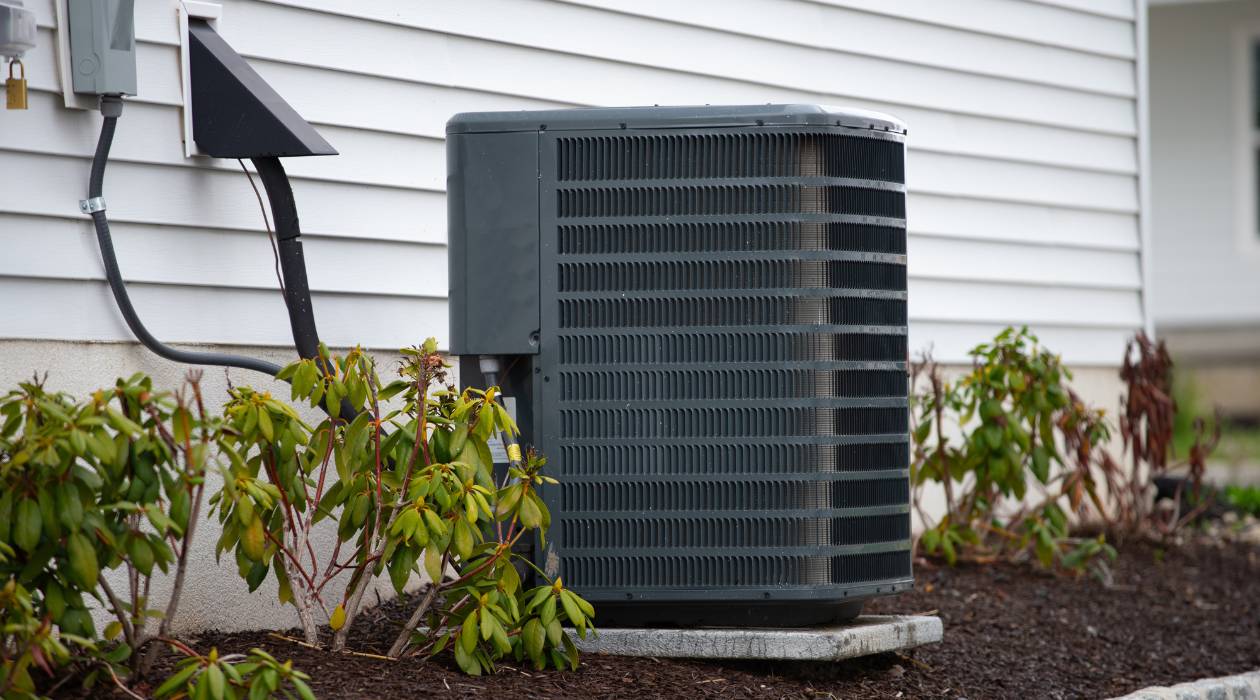
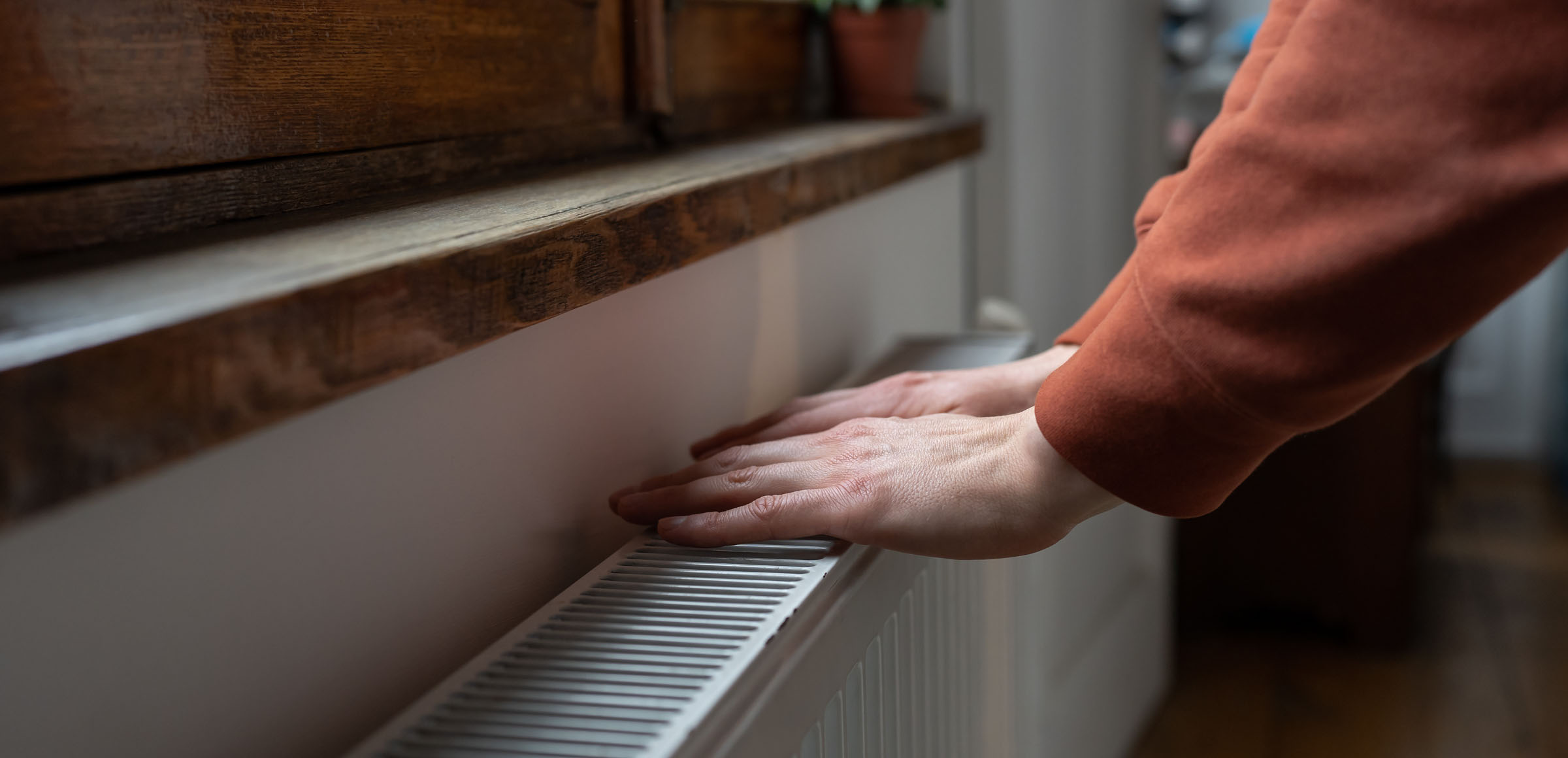
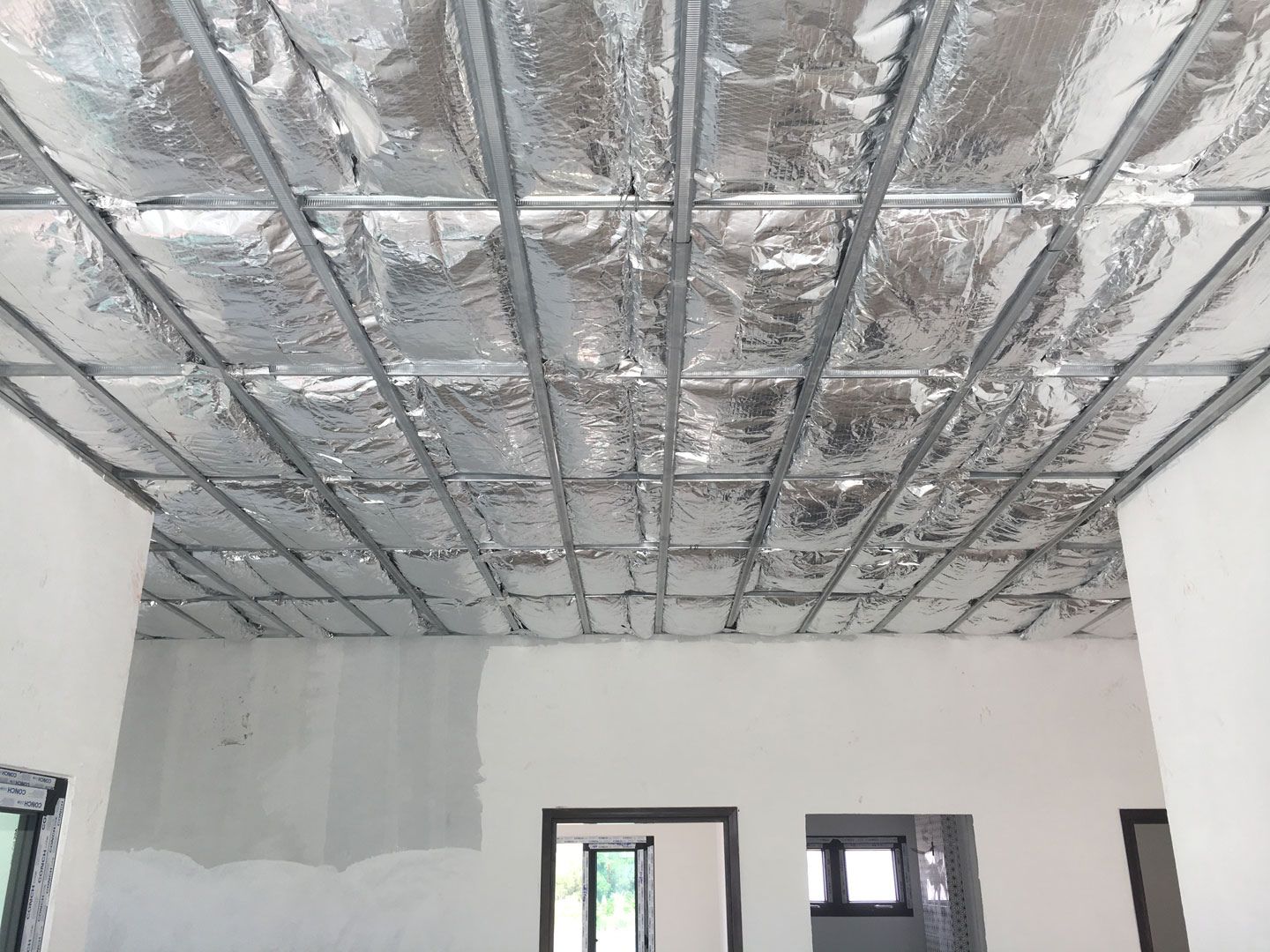
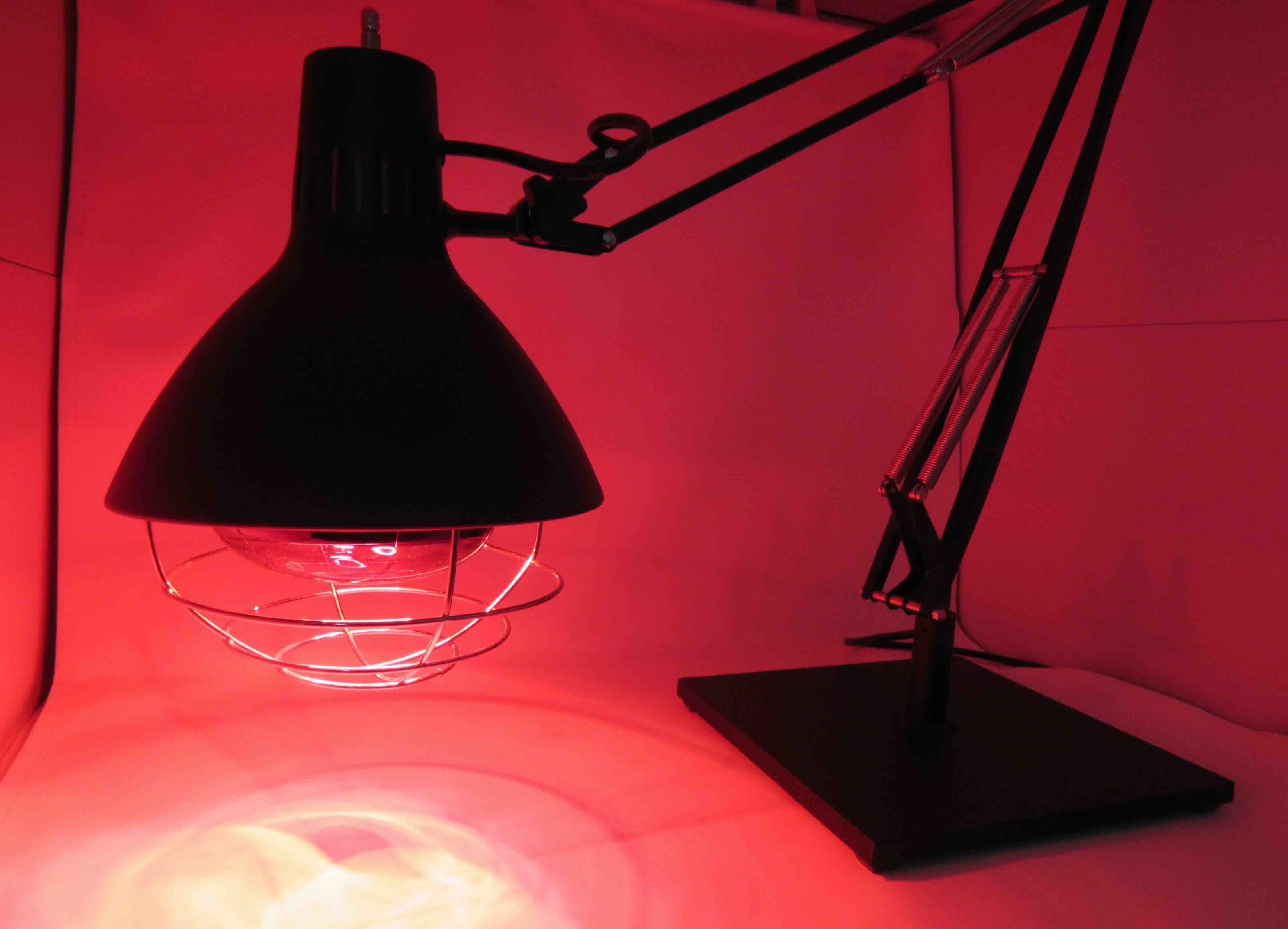
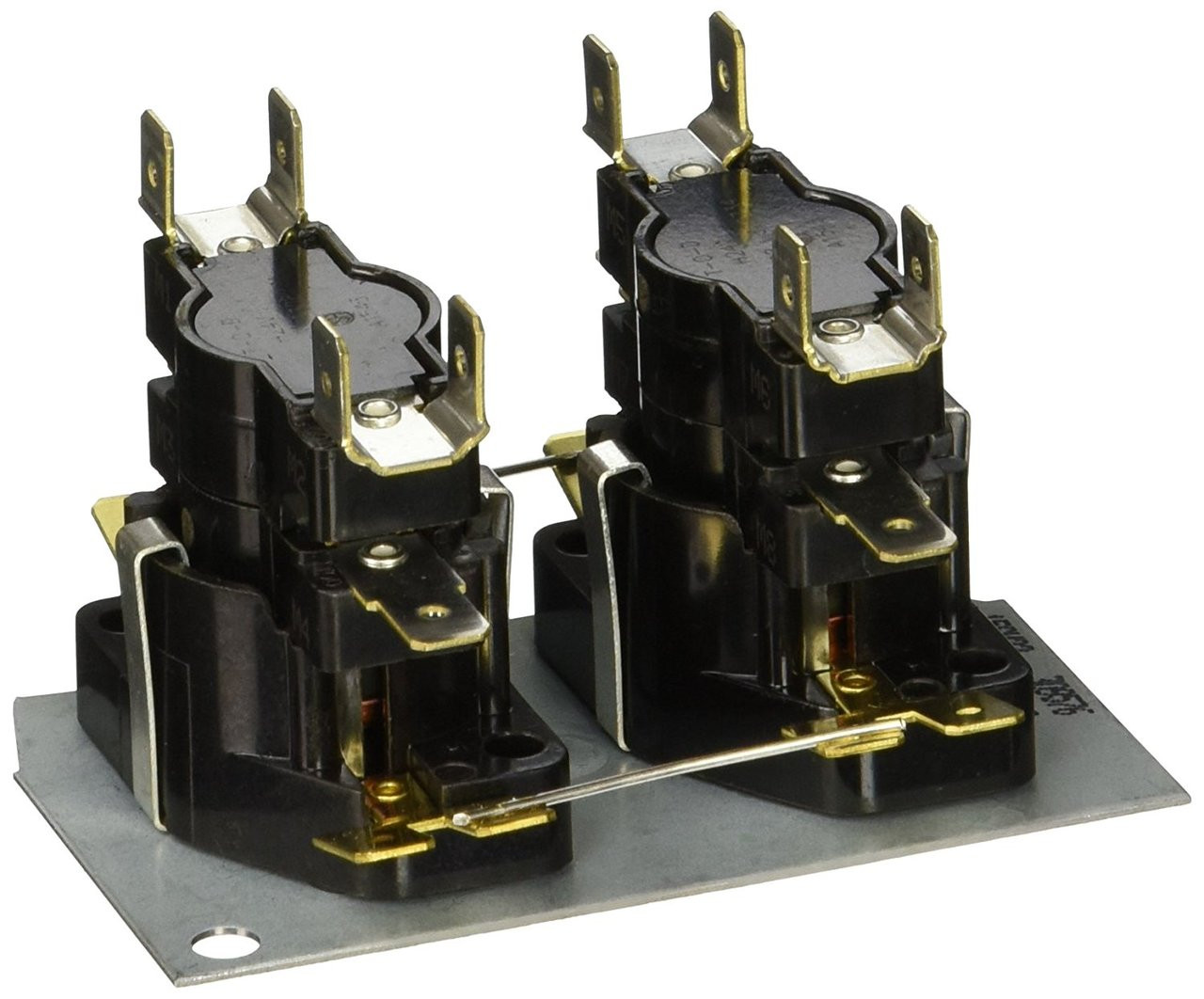
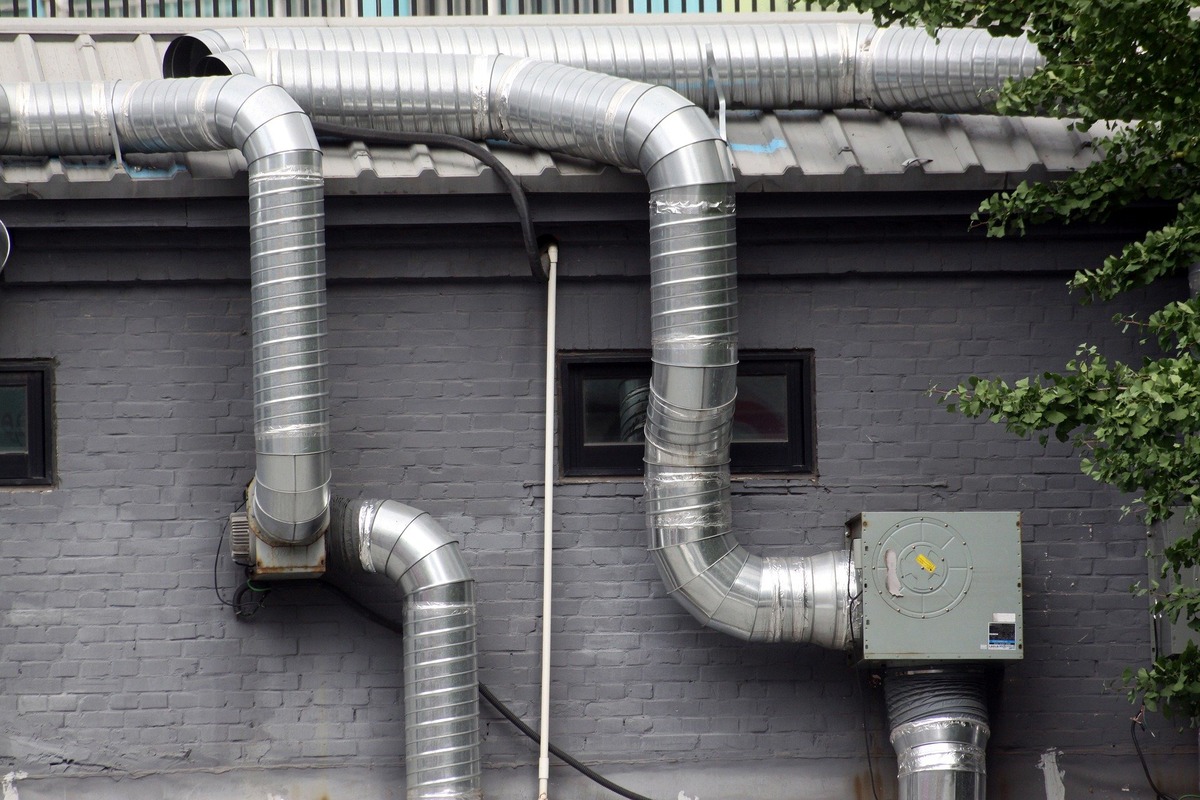
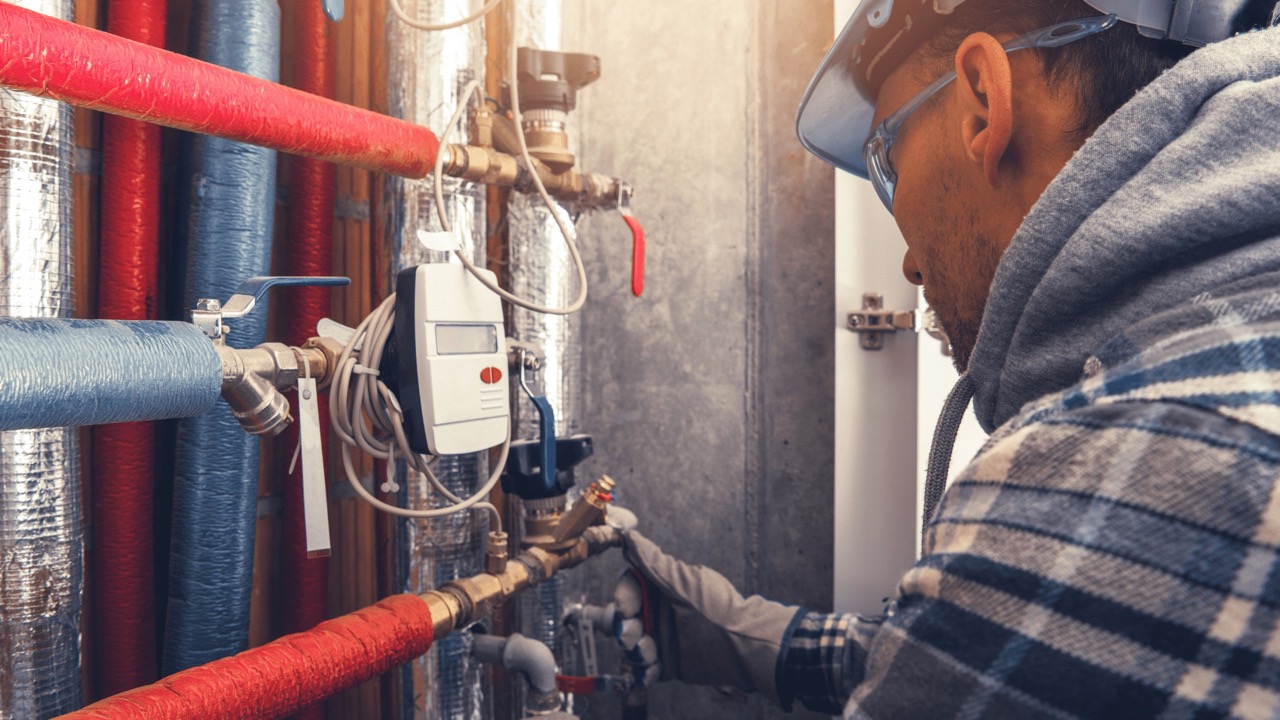
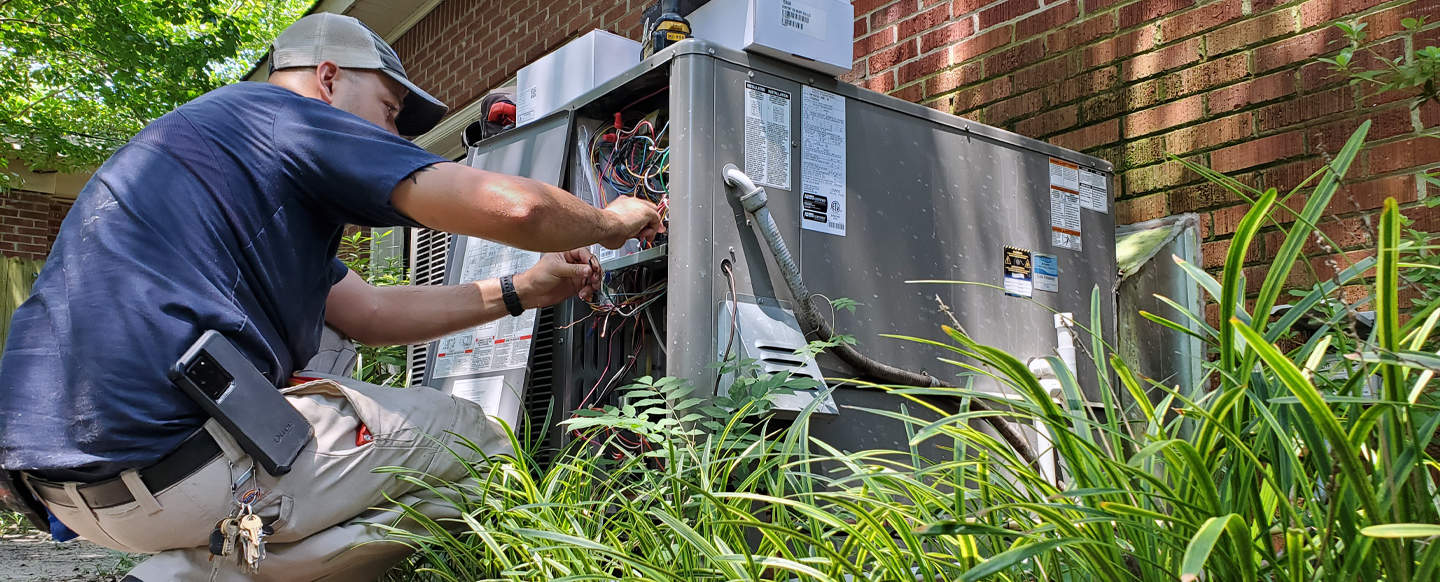
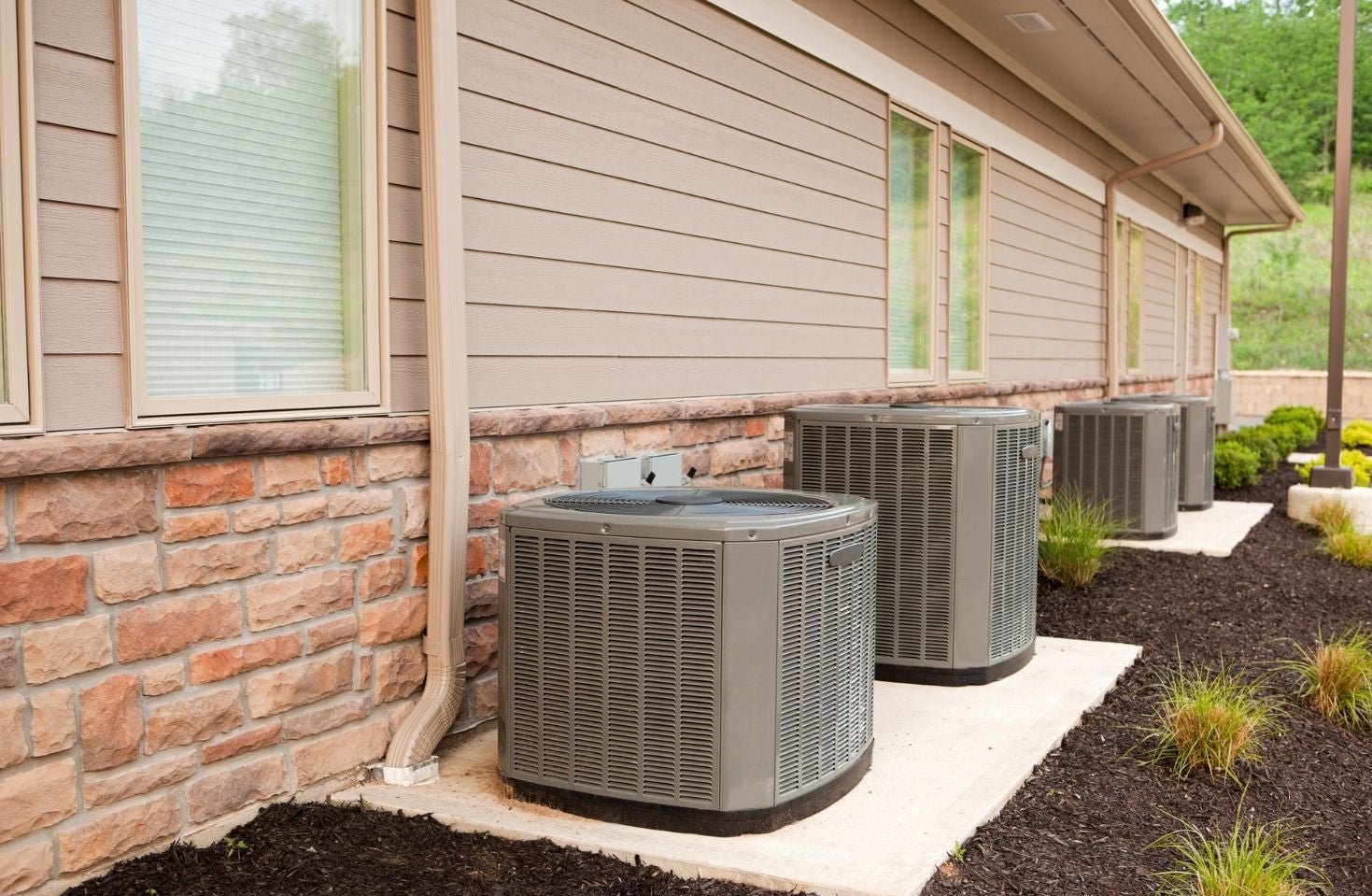
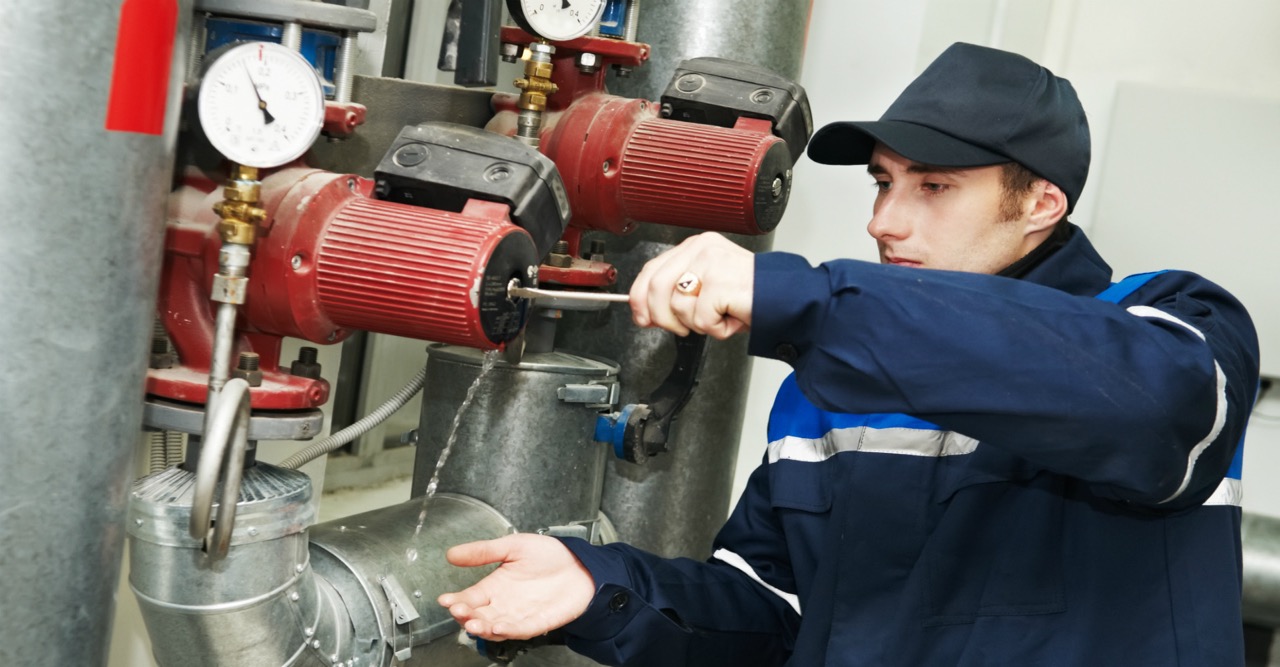
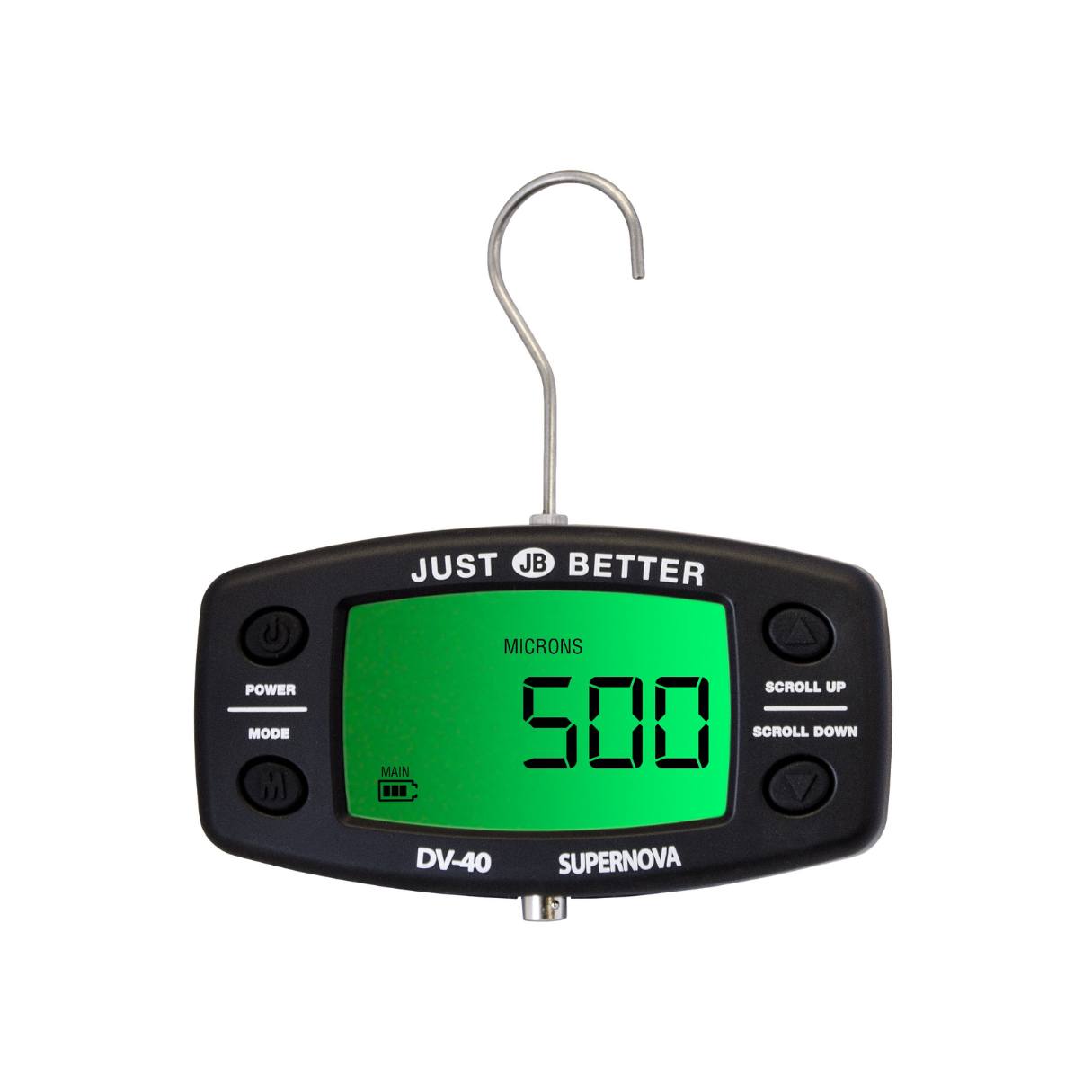
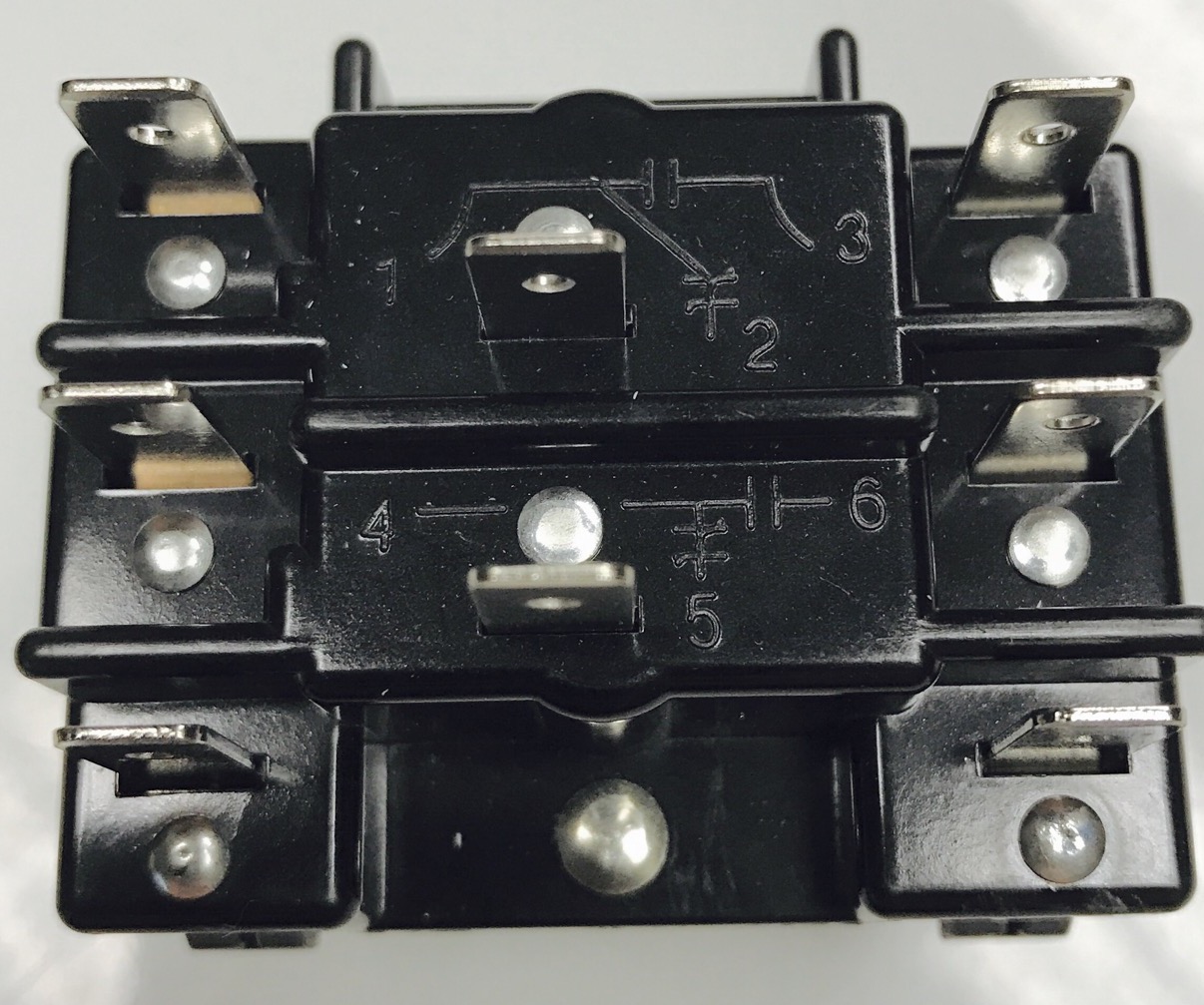
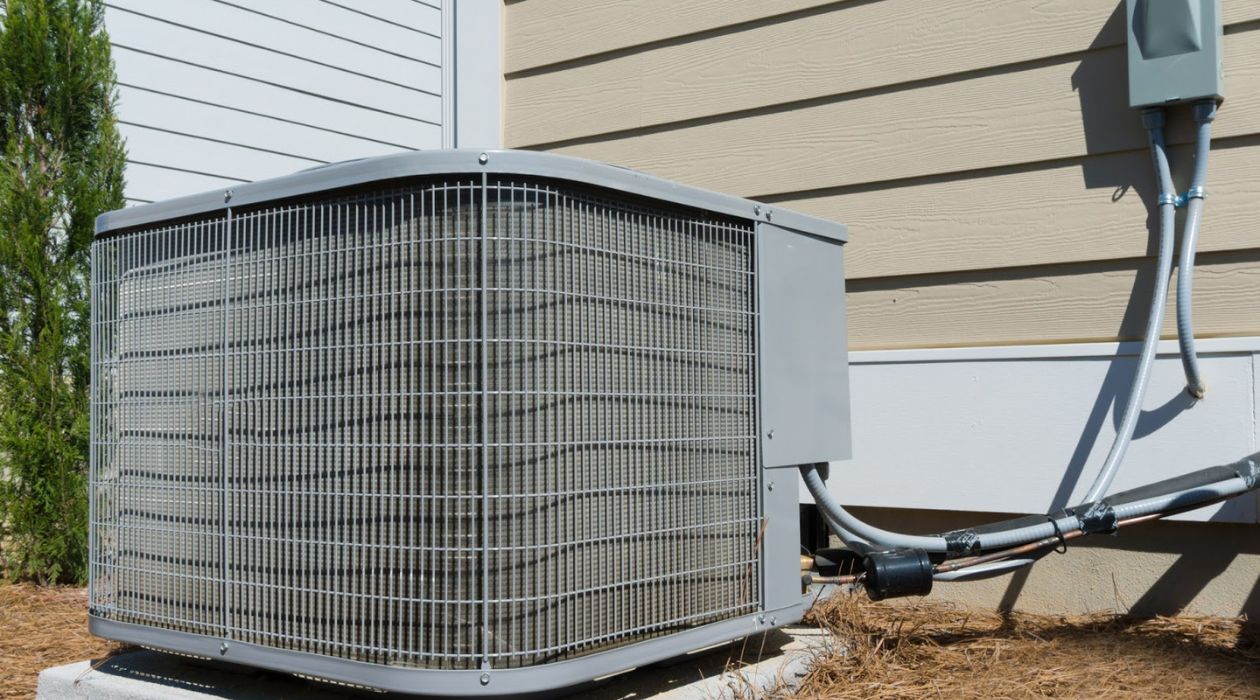

0 thoughts on “What Is A Heat Pump In HVAC”